Background music is a short-term win for Spotify – but it could be a long-term problem
By Sam Bates
The must read article for anyone in music this week is Liz Pelly’s hard-hitting report on Spotify, The Ghosts in the Machine. On its most basic level, Pell alleges that Spotify has teamed up with stock music companies and artists to supply music for mood-oriented and background-based playlists. The programme name? The aptly-titled Perfect Fit Content (It’s important to note that Spotify has denied similar allegations in the past, but reps have yet to comment on Pell’s piece).
 AmplifyWorld founder Sam Loudd. Photo: Jordan (Blazey)
AmplifyWorld founder Sam Loudd. Photo: Jordan (Blazey)
What’s evident is that such a programme (if it really exists) highlights the growing divide in the music industry between passive consumption (e.g. mood based playlist and ambient music), and active participation (encapsulated in the superfan concept).
And sure – there are huge financial incentives for these companies to invest in background music. For starters, it’s low cost to produce, and generally, royalty free. Plus, as MiDiA rightfully observes, “Spotify would theoretically benefit from users listening to more PFC tracks, because the platform does not need to pay out most royalties for those streams.” Seems harmless so far, right?
Well, while it’s disheartening to see music sometimes being treated as mere background noise or decor without its deeper identity and artistry, what gives me pause is the potential shift away from Spotify’s original mission. Spotify was built on the promise of breaking barriers, championing artists, and bringing fans closer to the music they love. Introducing more in-house music (and potentially AI-generated music in the future) could inadvertently overshadow the authentic voices of artists and the cultural impact of their carefully-crafted work, which has always been at the heart of the music experience.
That said, this shift could also present opportunities. If streaming platforms lean further into passive listening, they may inadvertently catalyse a renaissance elsewhere. As we’ve seen with TikTok’s 12-hour TikTok shutdown, which saw users frantically discover RedNote, new artist-first platforms (like AmplifyWorld, for that matter) and opportunities may arise that put the music back in music industry.
Perhaps this divide signals a natural evolution: streaming becomes a tool for casual listening, while these new platforms become the main hubs for a more active relationship with music. I believe there’s space for both: what we need is a future where both passive and active music experiences coexist without diminishing, demonetising or completely replacing the other.
Sam Bates is the co-founder and chief marketing officer at AmplifyWorld. The opinions and views expressed herein are solely his own and do not reflect the position or stance of the publication.

























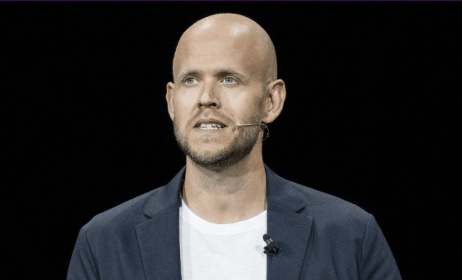


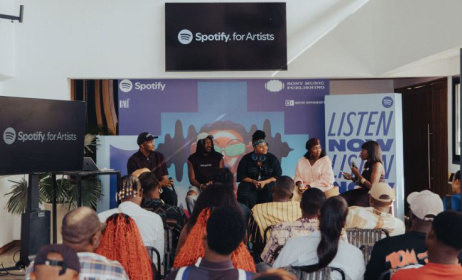
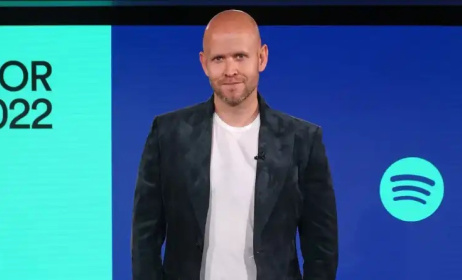
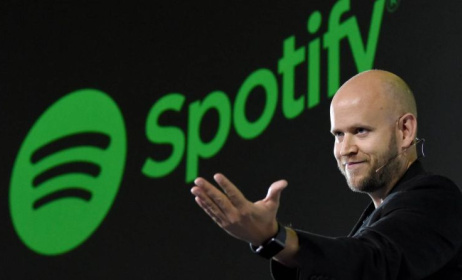
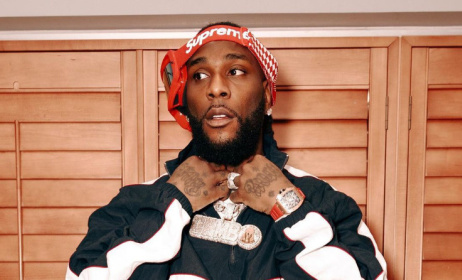


Comments
Log in or register to post comments